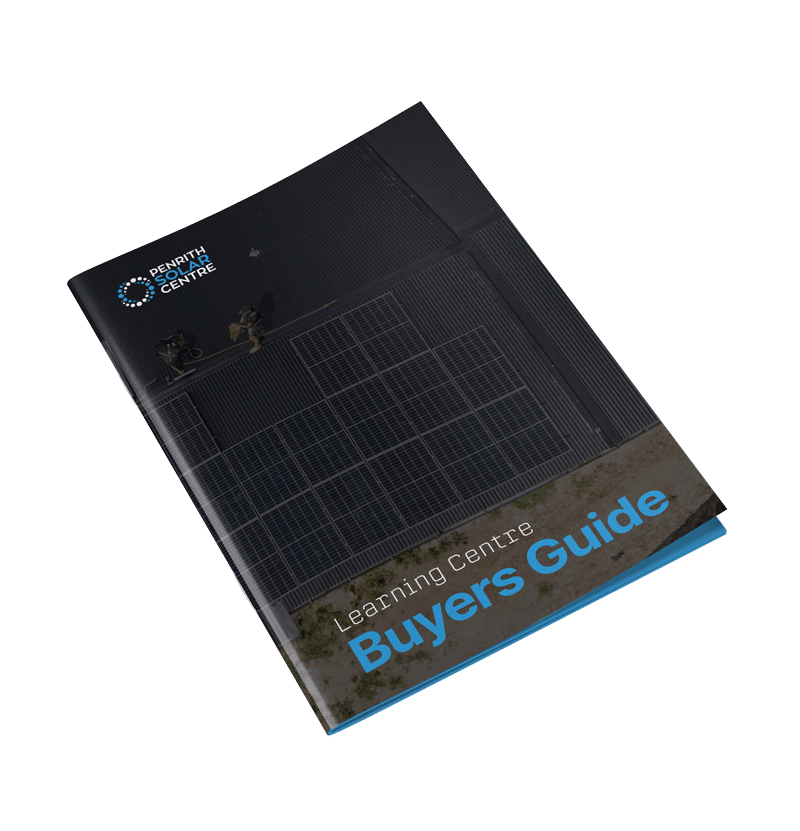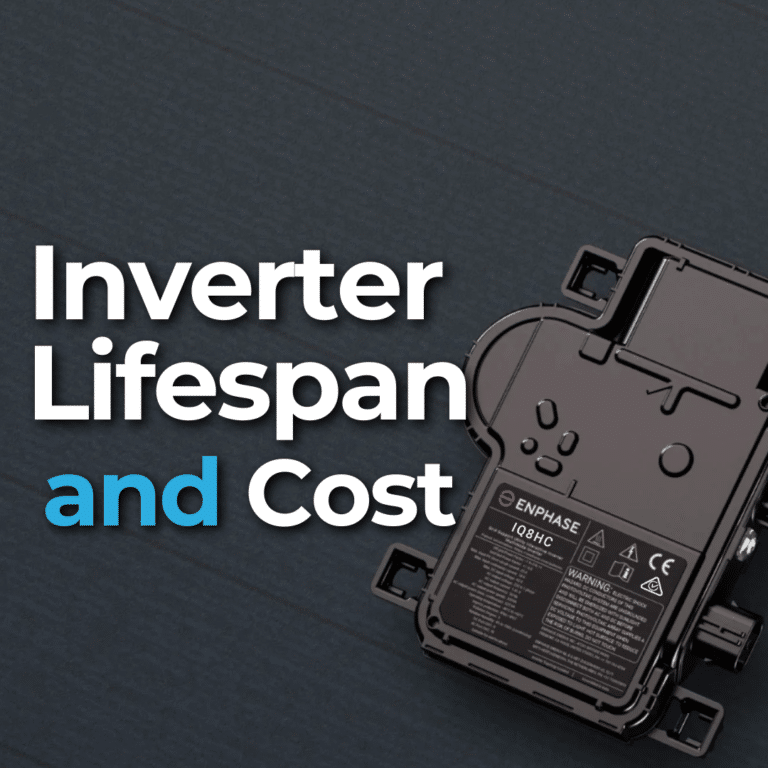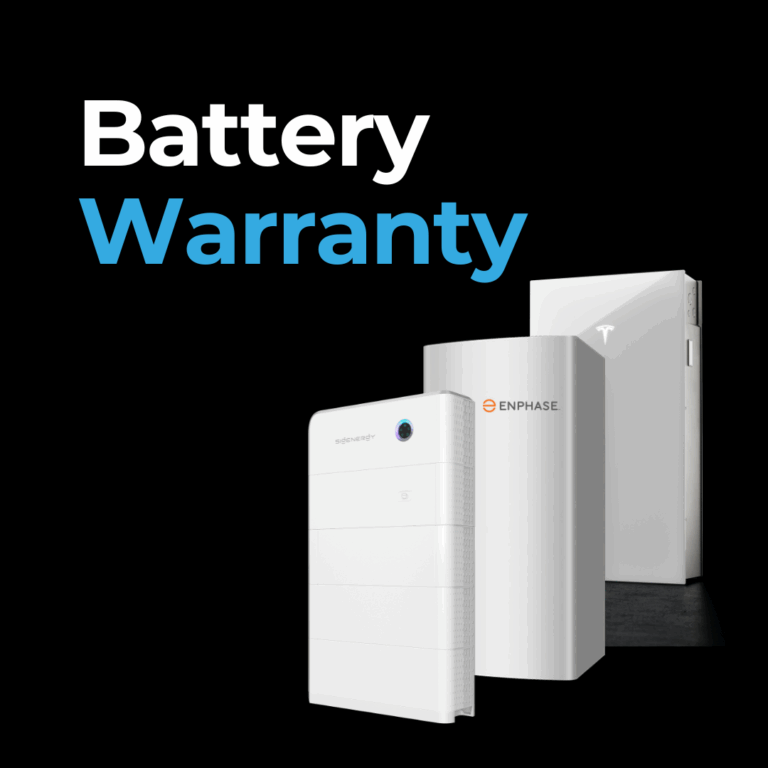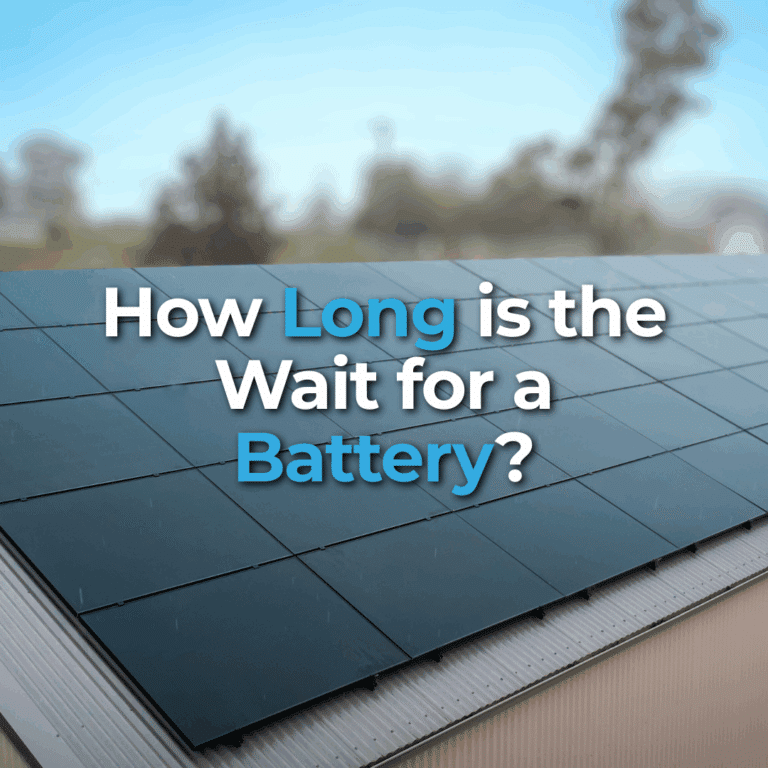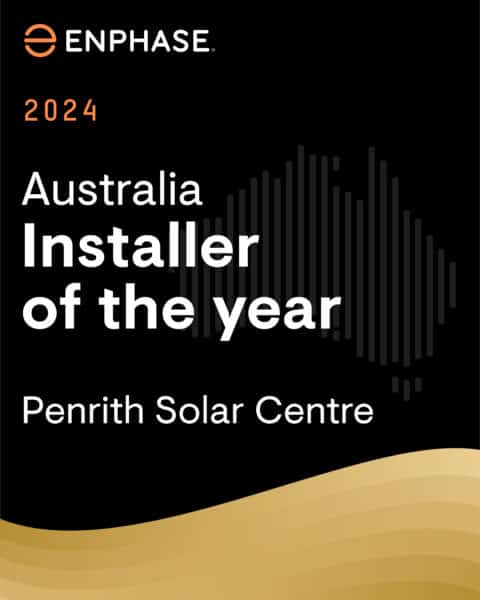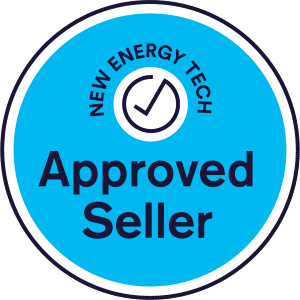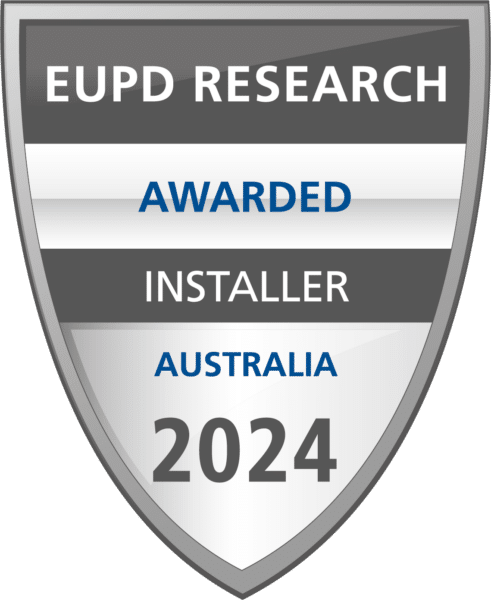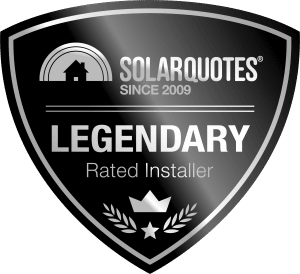
When you’re deciding on a solar system, little details can make a huge difference. The panels, the inverter, the setup; it all impacts how well your system works and how long it lasts.
With all those components, you might feel overwhelmed. Don’t worry. PSC is here to help.
At PSC Energy, we don’t believe in cutting corners. That’s why we use iBoards in every Enphase solar installation. They’re not just distribution boards; they’re the backbone of a reliable, durable, and sleek solar setup.
In this article, you’ll learn about the following:
- What Are iBoards?
- Why You Need an iBoard for Your Solar Panel System
- How Does an iBoard Save On Installation Costs?
- Exclusive Features of iBoards
- Why iBoards Make Your Solar Panel System Better
By the end of this article, you’ll understand what iBoards are and how critical they are to a safe and swift solar installation.
What Are iBoards?
An iBoard is a custom-built electrical distribution board that houses important components like relays and circuit breakers. Think of it as the control hub for your solar system. It’s installed next to your home’s switchboard, making sure everything runs smoothly and efficiently.
Each iBoard is built in a factory under super-strict quality controls. Mick, the guy behind iBoards, has a reputation for being a perfectionist, and it shows.
Every cable is neatly arranged, every label is perfectly placed, and every board gets thoroughly tested before it leaves the factory. The result is a product you can count on to work right from the first day onwards.
Every component meets the highest standards.
If you’re interested in learning more about solar systems, you might want to check out our introductory article titled, New to Solar: Start Here.
Why You Need an iBoard for Your Solar Panel System
Main switchboards in homes, especially older ones, can get pretty crowded. It’s not uncommon to find little to no space for adding the Envoy, circuit breakers, or CTs during a solar installation.
That’s where the iBoard comes in. It keeps everything organised by housing all these components in one neat package, saving installation teams time on-site. iBoards come completely pre-wired with exquisite cable management.
The Enphase Envoy is a handy little device that is the brain of your solar system. It keeps track of how your system is performing and sends all that data straight to the Enlighten App. With this app, you can easily monitor the performance of your microinverter solar system anytime, anywhere.
It’s built for electricians by electricians.
We could technically assemble a distribution board on-site for a slightly lower cost. But here’s the problem: it wouldn’t come close to the quality of an iBoard.
Factory assembly means every iBoard is built to the same high standards, with no room for error.
Here’s why iBoards stand out:
- Factory-Built Precision: iBoards are assembled in a controlled environment for spotless cabling and impeccable labelling.
- Stringent Testing: Each board is rigorously tested to catch potential issues before installation.
- Aesthetic Excellence: iBoards are clean, organised, and downright impressive to look at. With iBoards, your system doesn’t just work better; it looks better, too.
Solar is an investment, and you want your system to look as good as it performs. It’s like comparing a handmade craft project to something designed by a pro.
If you’re interested in learning a bit more about the process of choosing components for your solar system, you might want to check out the following article titled, How to Shop for a Solar System.
Ready to go solar? Click here.
How Does an iBoard Save On Installation Costs?
At PSC Energy, we keep things simple with a flat day rate for all our installations. If the job is too big to finish in one day, the labour cost doubles because of the extra day required.
Naturally, this increases your upfront costs and extends your system’s payback period. That’s why we always aim to complete installations in a single day whenever possible. And honestly, this is one of the reasons we love working with iBoards.
As we mentioned, iBoards are built in a factory environment where everything is tested and assembled before they even get to us.
Here’s why iBoards stand out:
- Pre-Wired Components: Relays and breakers are already installed, reducing on-site work.
- Time Savings: Pre-assembly means faster installation, so we can wrap up the job quicker and save you money.
The level of precision iBoards achieves is incredible. For instance:
- They use automated machinery to cut cables perfectly every time.
- Those cables are fed into another machine for crimping, ensuring consistent terminations.
- This level of accuracy is nearly impossible to achieve when working on-site.
We started using iBoards back in 2020, and while they cost a little more upfront, the savings on labour and the consistent quality they deliver more than make up for it. Every board comes pre-labelled by a computer, with neat and tidy wiring that makes the whole installation process smoother.
Having an iBoard ready to go, with all the components already enclosed and prepped for connection, saves us time and reduces the risk of leaving anything behind.
Key benefits for our teams include:
- Streamlined Prep: Fewer components to load on the truck and worry about.
- Reduced Errors: Pre-assembled boards eliminate the chance of forgetting critical parts.
- Time Efficiency: Everything is ready to connect, cutting down on on-site work.
These boards are designed to help our electricians work faster and more efficiently on-site. It’s one of those products where you really notice the difference in both the quality of the system and the time saved.
If you’re interested in learning a bit more about the importance of a good installer for your solar (the most important component of any system, seriously), you might want to check out the following article titled, In-house Installers vs. Subcontractors: Which is Better?
Click here for sunshine savings.
Exclusive Features of iBoards
What sets iBoards apart isn’t just their build quality, it’s the exclusive innovations that make them a game-changer for solar installations.
Custom Sunshield
The Australian sun is relentless, and components exposed to it are at risk of overheating and degrading over time. To combat this, PSC Energy and iBoards developed a custom sunshield.
Made from Alucobond and finished in a sleek black design, this cover doesn’t just look stylish; it serves a critical purpose. By shielding the iBoard from direct sunlight, the cover extends the lifespan of the components inside and ensures reliable performance even in harsh conditions.
This sunshield, which costs approximately $200 to produce, is included in every PSC Energy installation. It’s an exclusive feature you won’t find with competitors who may claim to use similar distribution boards.
Without it, your system will be vulnerable to overheating, UV damage, and wear over time.
Under-Panel Isolators
Most solar systems have isolators mounted visibly on the side of the roof. They stick out like a sore thumb. While functional, these isolators are often an eyesore and are exposed to the elements, leading to potential wear and tear.
iBoards introduced a better solution: under-panel isolators.
Instead of being mounted visibly on your roof, these isolators are tucked neatly beneath the first solar panel. We even place a small white sticker on the panel that says, “AC Isolator Is Under This Panel,” so you know exactly where it is if repair technicians ever need to access it.
By mounting the isolator beneath the first solar panel, the system maintains a clean, streamlined look.
This design also enhances durability. Protected from rain, UV rays, and debris, the isolator is far more likely to last 25 to 30 years.
This setup comes with some big benefits:
- It Looks Better: No more clunky isolators ruining your roof’s clean lines.
- It Lasts Longer: By protecting the isolator from rain, sun, and debris, we’re making sure it holds up for decades.
- It’s Safer: With reduced exposure to the elements, there’s less risk of water ingress or damage.
It’s important to note that under-panel isolators are only legal for AC systems like those using Enphase microinverters.
They cannot be used in DC systems or Tesla Powerwall 3 setups. This exclusivity makes them a standout feature for homeowners opting for Enphase systems.
If you’re interested in learning more about how a microinverter system performs compared to Powerwall 3, you might want to check out the following article titled, Enphase Microinverters vs. Tesla Powerwall 3: Which Solar Panel System is Right for You?
Power up your savings. Click here.
Why iBoards Make Your Solar Panel System Better
iBoards don’t just look good; they deliver tangible technical benefits that enhance the overall performance and reliability of your solar system. Here’s how:
- Durability in Harsh Conditions: Components built and tested in a controlled environment are more resistant to failures caused by heat, humidity, or debris.
- Improved Safety: Features like the custom sunshield and under-panel isolators reduce risks associated with overheating and water ingress. With an iBoard your system stays cool and keeps running smoothly.
- Long-Term Value: While other systems start to show wear and tear after a few years, an iBoard-equipped setup looks and performs like new, thanks to its durable design and protection.
If you’re interested in learning a bit more about shopping for a solar system, you might want to check out the following article titled, 6 Mistakes to Avoid When Buying Solar.
Getting Your Sunny’s Worth with iBoards
Solar systems are a long-term investment, and the components play a big role in determining their success. iBoards represent the pinnacle of quality and innovation in solar installations. They’ll make your system efficient, durable, and visually appealing.
By integrating iBoards into every PSC Energy installation, we’re providing homeowners with a solution that’s built to last.

If you’re interested in learning a bit more about weighing the cost of solar against the cost of the grid, you might want to check out the following article titled, Cost of Solar Panels vs. Cost of Energy from the Grid.

